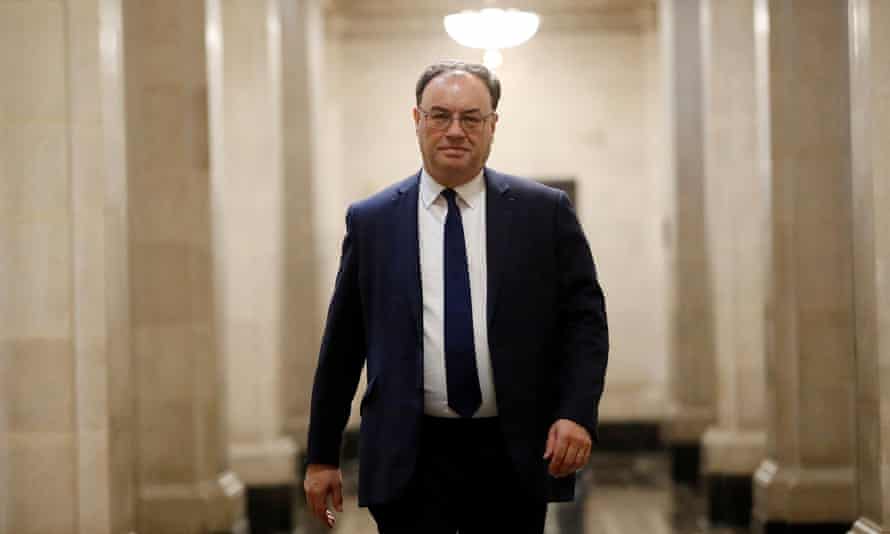Explain how the monetary policy transmission mechanism works when the Monetary Policy Committee (MPC) raises Bank Rate.
When the Monetary Policy Committee (MPC) decides to raise the Bank Rate, it aims to tighten monetary policy and control inflation. The transmission mechanism explains how this policy action affects the broader economy. Here's an overview of the monetary policy transmission mechanism when the MPC raises the Bank Rate:
Commercial Banks: The change in the Bank Rate directly affects the interest rates commercial banks charge on loans and pay on deposits. When the Bank Rate increases, commercial banks are likely to raise their lending rates, making borrowing more expensive for businesses and individuals. This reduces the demand for loans and can slow down investment and consumption.
Borrowing Costs: Higher lending rates have an impact on various forms of borrowing, including mortgages, personal loans, and corporate borrowing. As interest rates rise, the cost of servicing existing debt increases, which can put financial strain on borrowers and reduce their spending capacity.
Consumption and Investment: Higher borrowing costs and reduced access to credit can discourage consumer spending and business investment. Individuals may cut back on discretionary purchases, leading to lower retail sales. Similarly, businesses may delay or reduce their investment plans, which can have a negative impact on economic growth.
Aggregate Demand: The decline in consumer spending and business investment, resulting from higher borrowing costs, can lead to a decrease in aggregate demand. This reduction in demand can contribute to a slowdown in economic activity and potentially dampen inflationary pressures.
Price Levels: The tightening of monetary policy through an increase in the Bank Rate aims to control inflation. Higher borrowing costs can reduce consumer spending, which may moderate price increases and help keep inflation in check. By curbing demand, the policy action can alleviate inflationary pressures in the economy.
Exchange Rates: A change in interest rates can also affect exchange rates. If the Bank Rate increases, it can make the currency more attractive to investors seeking higher returns. This increased demand for the currency can lead to an appreciation, making exports relatively more expensive and imports cheaper. This, in turn, can impact the trade balance and competitiveness of domestic industries.
It's important to note that the transmission mechanism is not instantaneous, and the full effects of a change in the Bank Rate take time to filter through the economy. The responsiveness of the transmission mechanism can vary depending on factors such as the financial system's health, the level of household and corporate debt, and the overall economic conditions.
In summary, when the MPC raises the Bank Rate, it influences borrowing costs, which can affect consumption, investment, aggregate demand, price levels, and exchange rates. The overall impact on the economy depends on how businesses, households, and financial markets respond to the change in interest rates.


